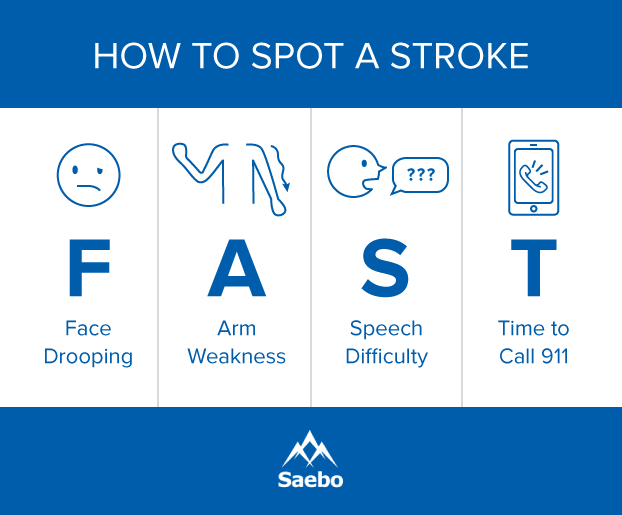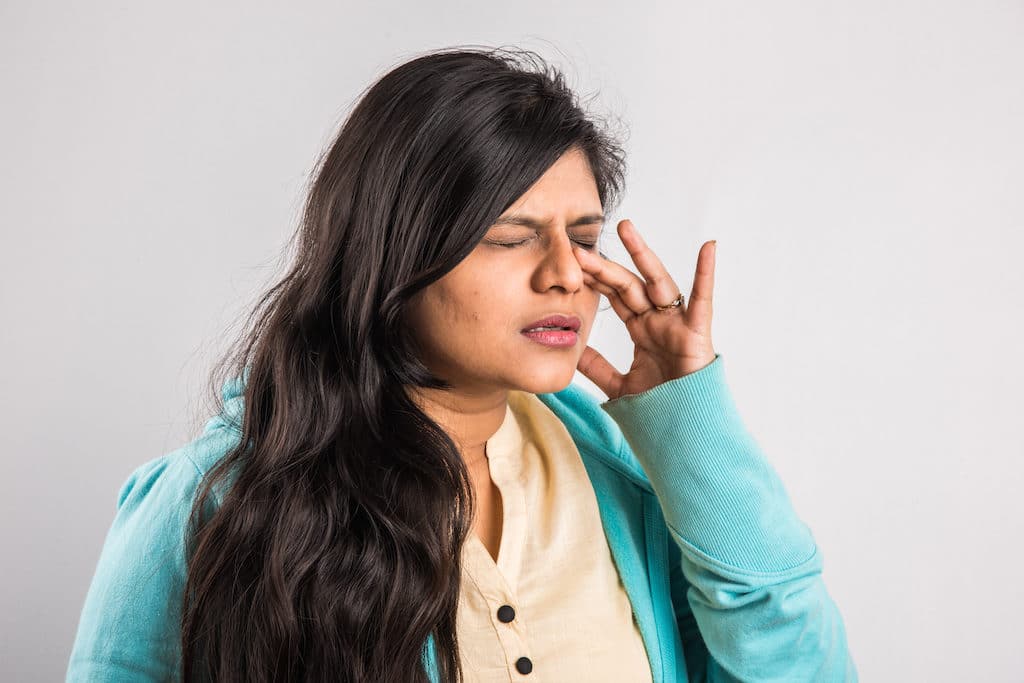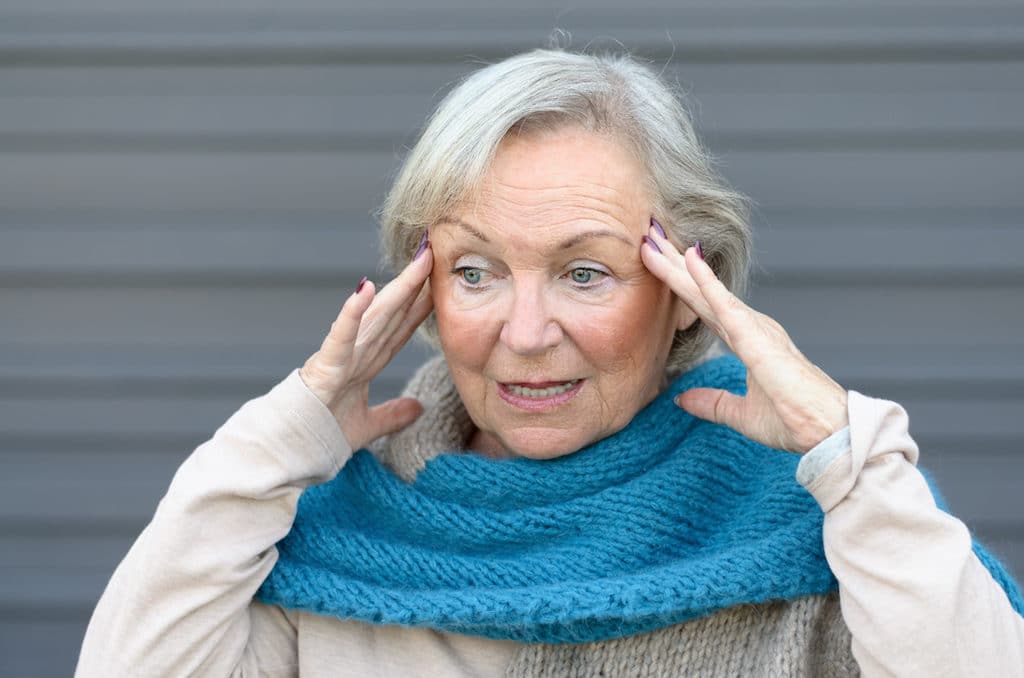How to Recognize the Signs of a Stroke in Women


Despite the myth that most stroke victims are elderly males, anyone can have a stroke. In fact, women have a higher lifetime risk of suffering a stroke than men do. If you still think being young will protect you from having a stroke, think again. Adults 45 and younger experience strokes, as can infants, children, and adolescents.
Strokes are prevalent in women. Over 425,000 women suffer from a stroke every year—55,000 more than men. Of that 425,000, over 76,000 women will die from stroke-related complications, twice as many as those who will die from breast cancer.

Time is of the Essence
Strokes are the third leading cause of death in women in the United States (and fifth leading cause of death in men). They are also a major cause of long-term disability. A non-fatal stroke can result in complications that severely impact a person's well-being and way of life. Therefore, quick action and treatment is vital to avoid complications from ischemic stroke, which accounts for 87 percent of all types of strokes.
The American Heart Association found that those who used treatments like thrombolytic drugs—designed to dissolve blood clots—can limit the damage caused by a stroke if taken within the first three hours, potentially avoiding any long-term disabilities or complications.
Look for Signs of a Stroke in Women
The symptoms of a stroke in women can differ from those in men, which is a crucial point that many people do not know. Women are also less likely to perceive themselves as having a stroke. And, since stroke victims are typically unable to help themselves while the stroke is happening, it is vital that those around them know what the signs look like.
Universal Signs of Stroke
Some signs of stroke are universal. Hopefully, you are acquainted with the concept of FAST, which stands for Face drooping, Arm weakness, Speech difficulty, and Time to call 911. This can serve as a quick reference guide when determining whether or not someone is showing signs of a stroke.

However, there are some other universal signs of stroke, including:
- sudden weakness or numbness in the face or extremities (such as an arm or leg), especially if the sensation is occurring on only one side of the body
- sudden confusion, difficulty understanding speech
- sudden and severe headache with an unknown cause
- sudden trouble speaking or speaking in a slurred and disorganized manner
- sudden trouble seeing in one or both eyes
- sudden trouble walking, loss of balance, lack of coordination, or dizziness
Immediate treatment can be lifesaving during a stroke and increases chances of a full recovery. It is important to remember that a stroke is a medical emergency and you should call 911 immediately.
Additional Signs in Women Stroke Victims

There are seven additional signs of a stroke that are unique to women, according to the National Stroke Association. These are:
- sudden pain in the face or extremities
- sudden chest pain, heart palpitations, or shortness of breath
- sudden hiccups or nausea
- sudden weakness
"Altered Mental Status" and Strokes

One of the most prevalent non-traditional symptoms found in women is what clinicians refer to as "altered mental status." This can affect 23 percent of women and 15 percent of men, reports the University of Michigan Hospital. These symptoms include:
- sudden drowsiness or unresponsiveness
- sudden disorientation or confusion
- sudden behavioral change
- sudden agitation
- sudden hallucinations
Unique Risk Factors in Women
Many people don't know what poses a risk for stroke in women. Pregnancy, birth control pills, hormone replacement therapy, migraine headaches, and lupus can all increase a woman's risk of stroke. However, only 11 percent of women polled knew this. This is on top of the general risk factors, such as age, smoking, being overweight, not exercising enough, a family history of strokes, or having high blood pressure or cholesterol.
Stroke Prevention in Women
There are many things women can do to lower risk of a stroke. But always consult a doctor or other medical professional to make sure any lifestyle or medication changes are done in your best interest.
Lowering risk is key, especially since women are more likely to be alone during the time of the stroke, have a more difficult recovery time, and more often reside in assisted-living facilities after suffering one.
It is recommended that women who experience migraines (particularly ones with auras) quit smoking or do not start doing it. Pregnant women should monitor their blood pressure routinely, both during and after the pregnancy. Those who would like to start taking birth control should first be screened for high blood pressure. Women over the age of 75 should be screened for Atrial Fibrillation.
Silver Lining
While there is still a lot to learn about strokes, including their risk factors and symptoms, it is worth noting that many women are already educated on the topic. Around 90 percent of women know that sudden trouble speaking or sudden confusion could be a symptom of a stroke (85 percent of men know). The vast majority of women and men know that sudden weakness in the arm, leg, or face is another symptom (95 and 93 percent, respectively).
Symptom awareness in women is on the rise. However, the International Journal of Stroke reviewed 22 studies and—while there was better awareness of symptoms in women—the knowledge for both sexes was still considered "suboptimal."
It's crucial that we know all the signs of a stroke, both for ourselves and our loved ones. Time is of the essence when a stroke occurs. Be ready and be prepared, and hopefully everyone will enjoy longer, healthier lives as a result.
All content provided on this blog is for informational purposes only and is not intended to be a substitute for professional medical advice, diagnosis, or treatment. Always seek the advice of your physician or other qualified health provider with any questions you may have regarding a medical condition. If you think you may have a medical emergency, call your doctor or 911 immediately. Reliance on any information provided by the Saebo website is solely at your own risk.
All content provided on this blog is for informational purposes only and is not intended to be a substitute for professional medical advice, diagnosis, or treatment. Always seek the advice of your physician or other qualified health providers with any questions you may have regarding a medical condition. If you think you may have a medical emergency, call your doctor or 911 immediately. Reliance on any information provided by the Saebo website is solely at your own risk.



